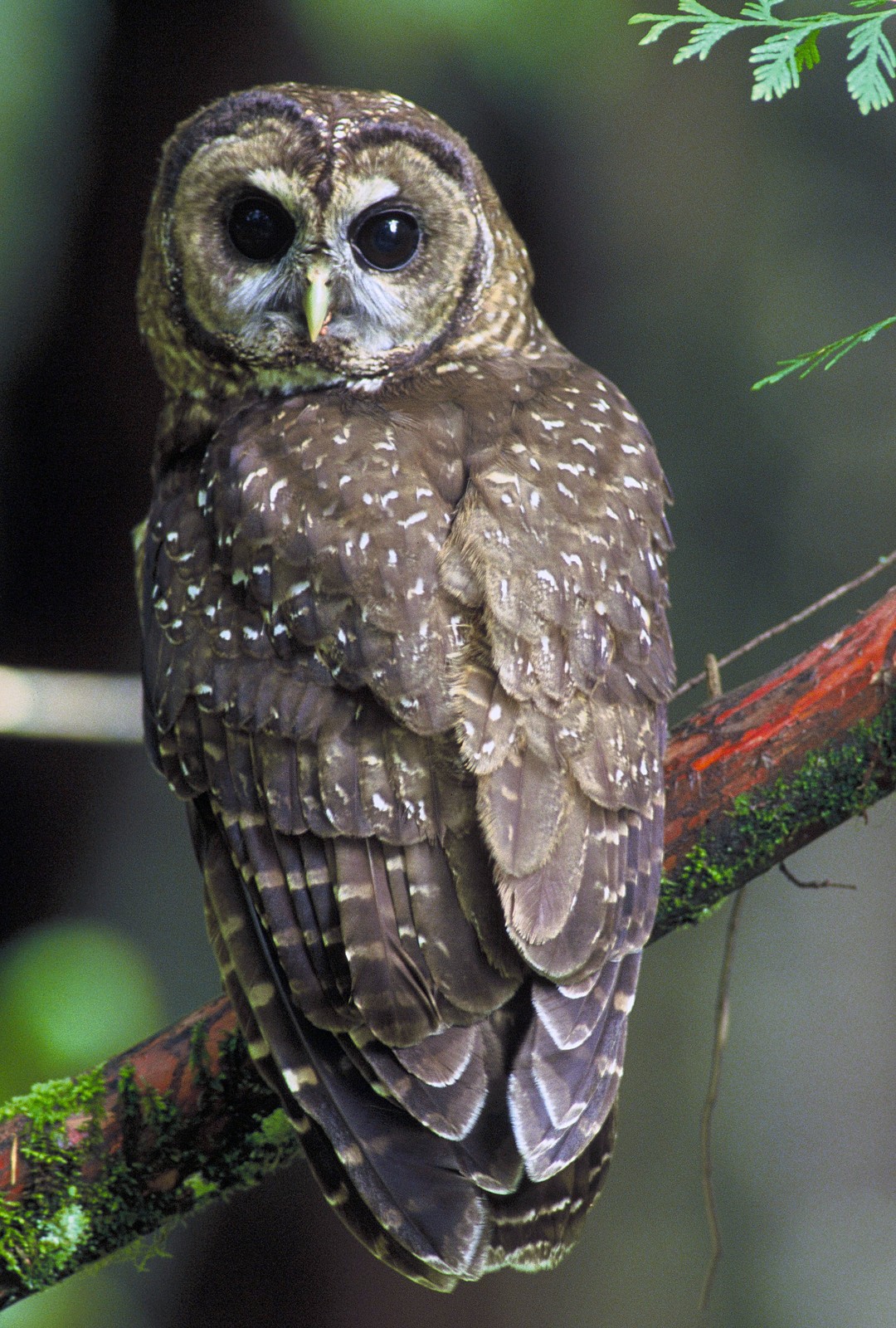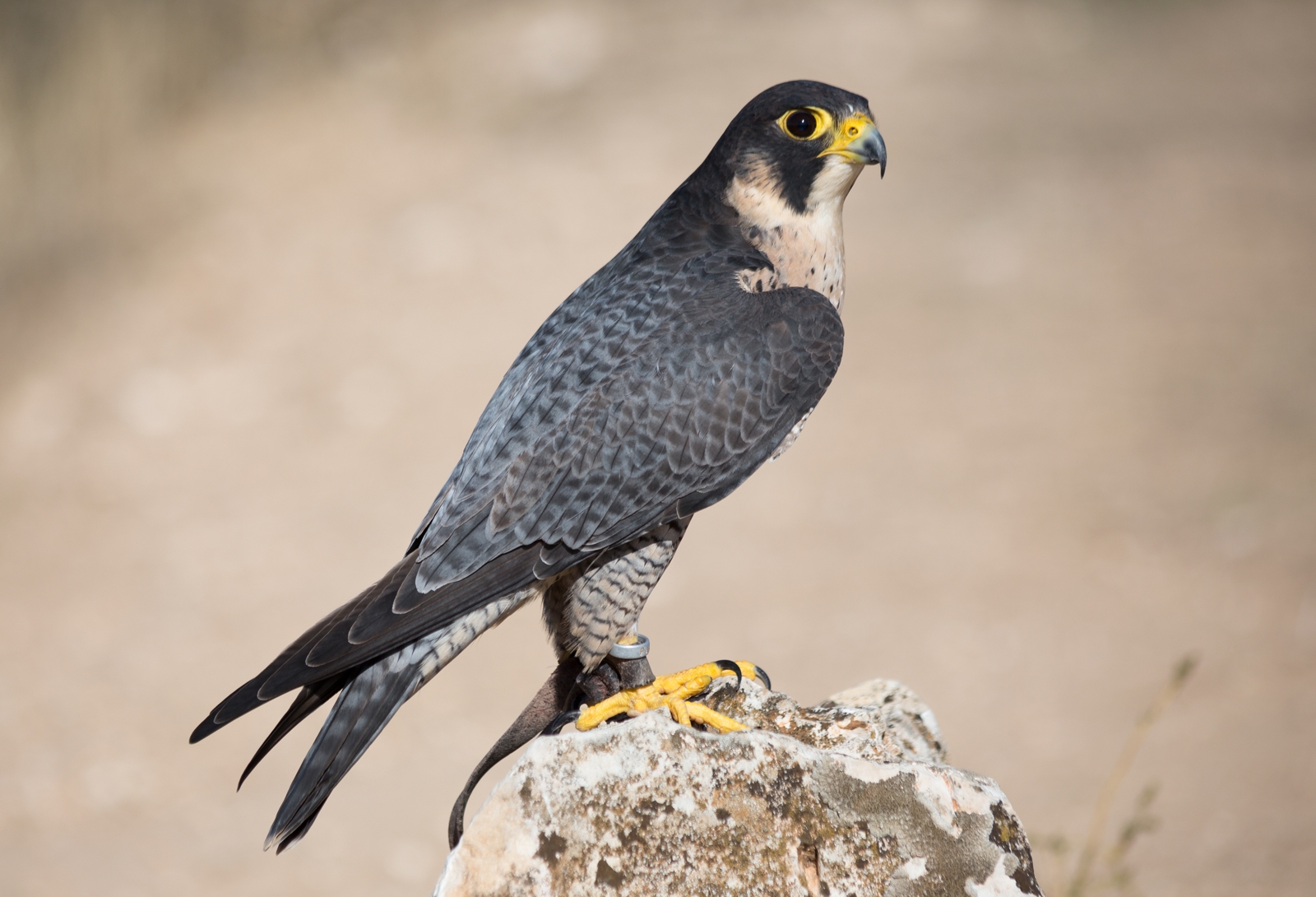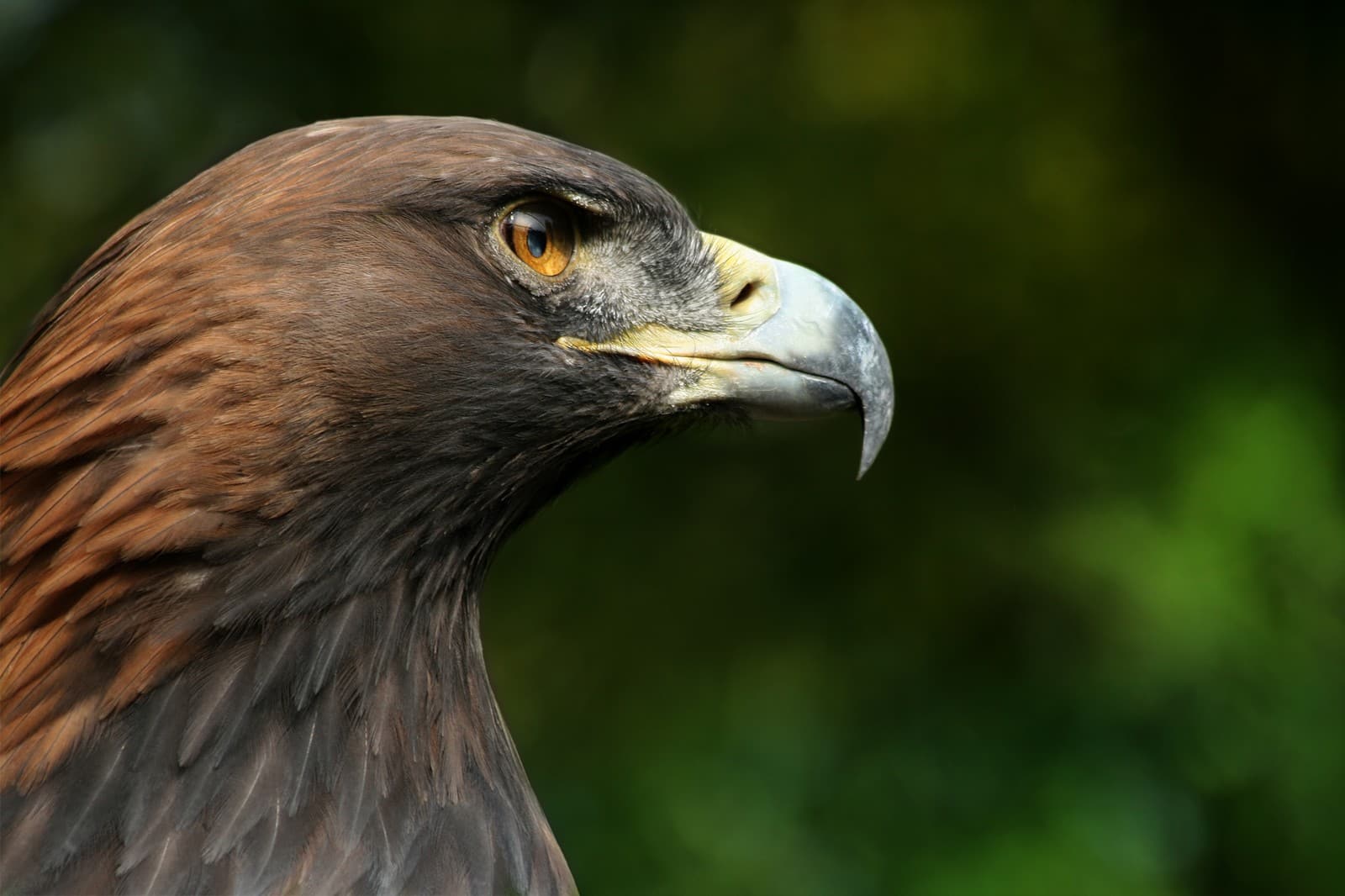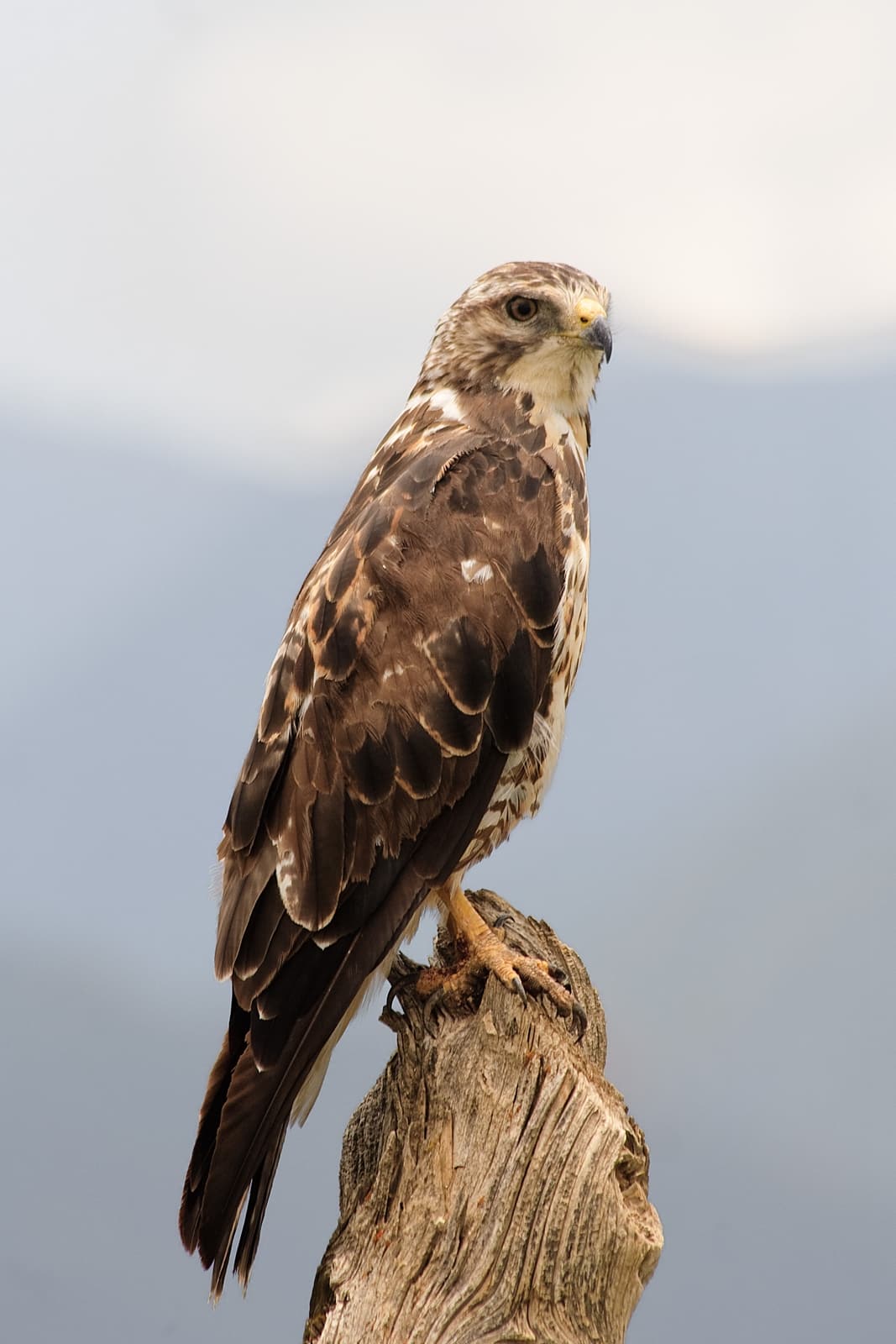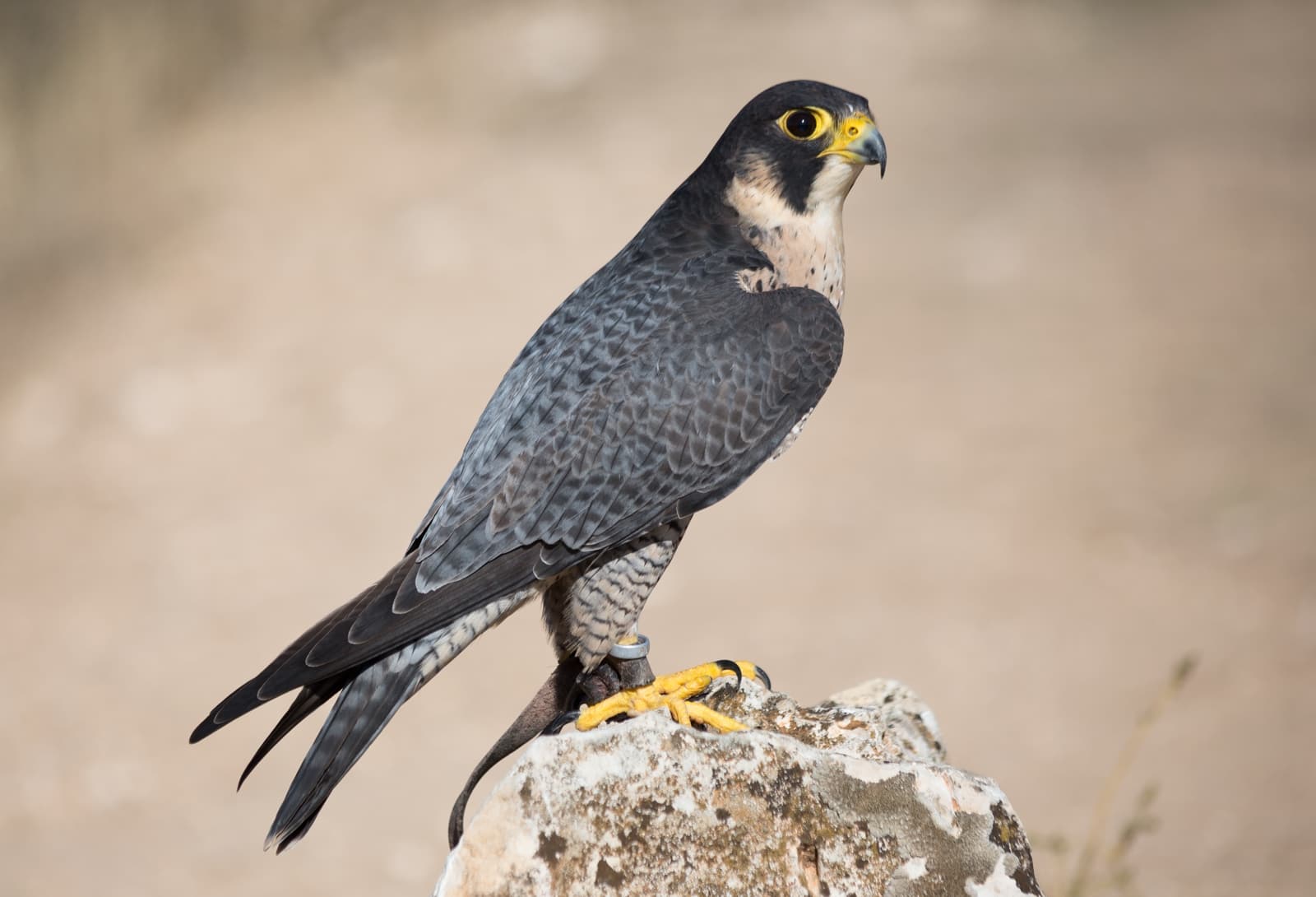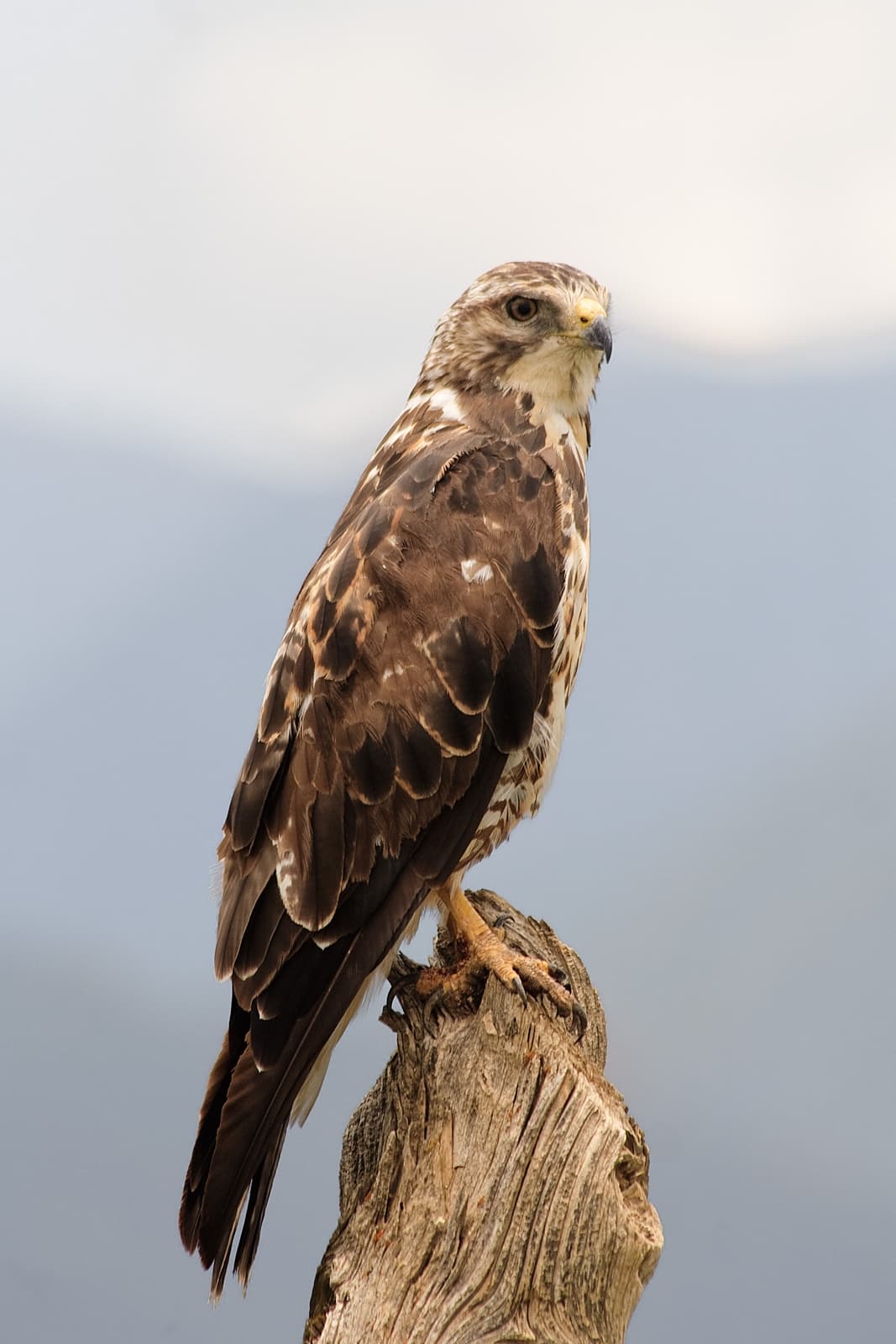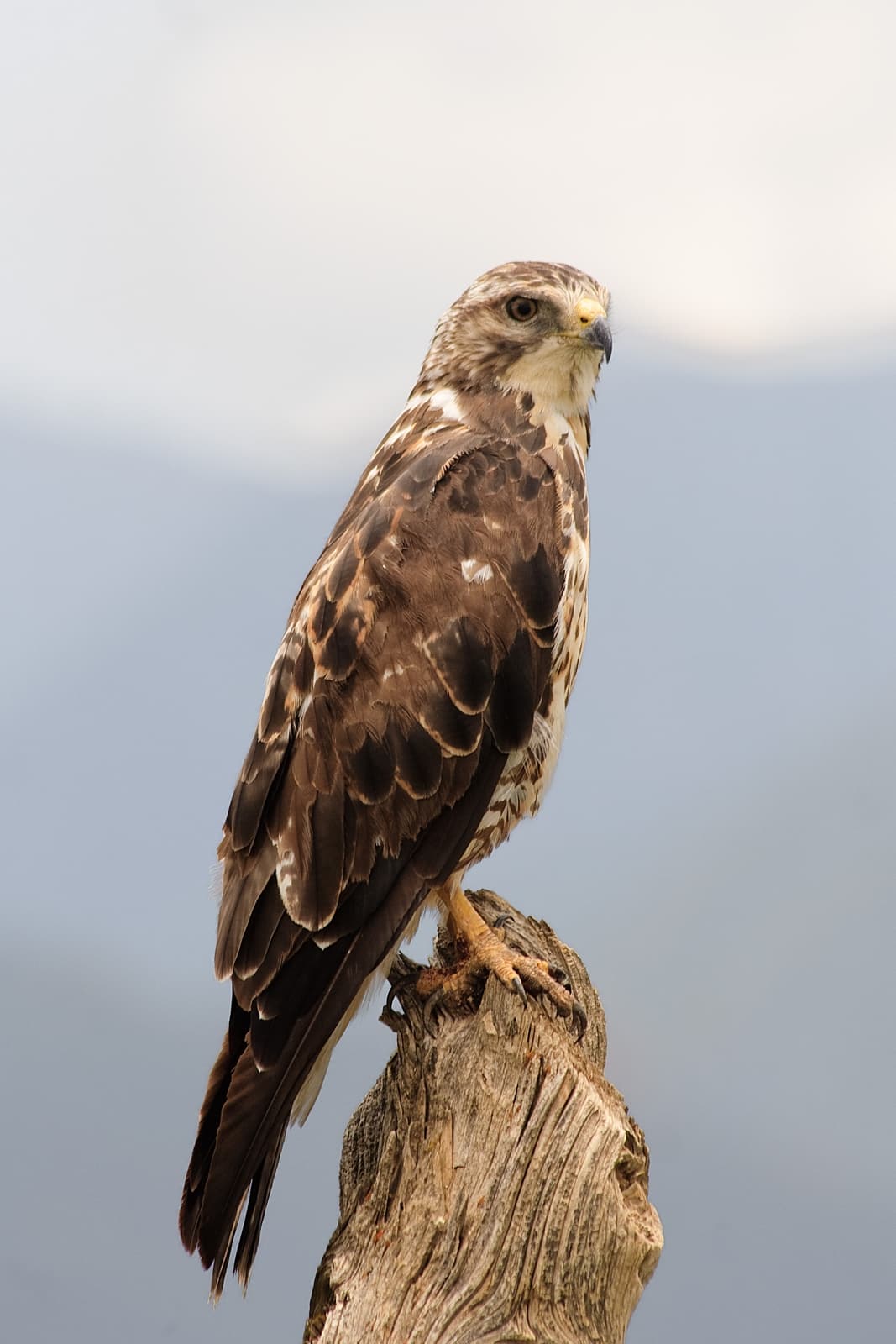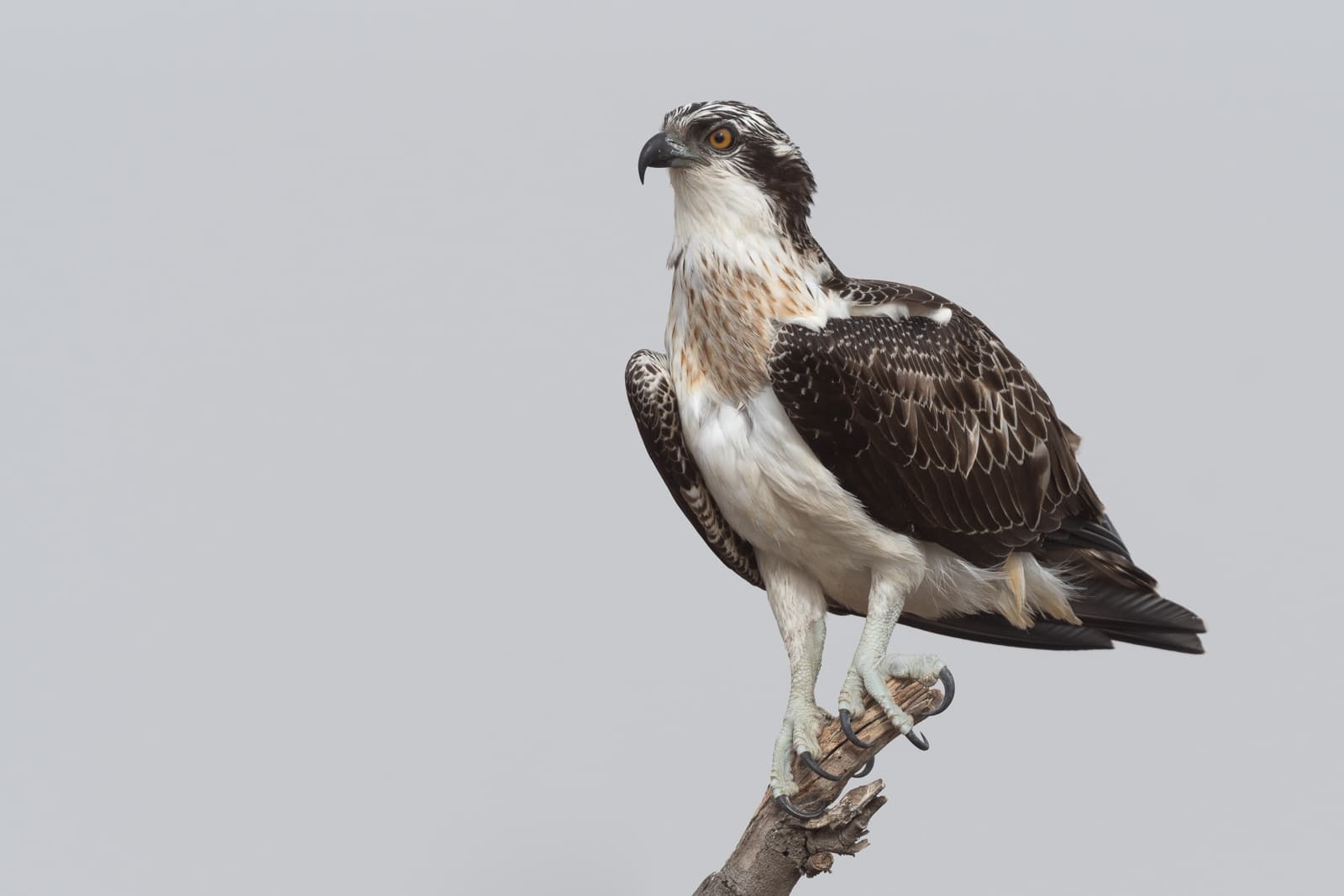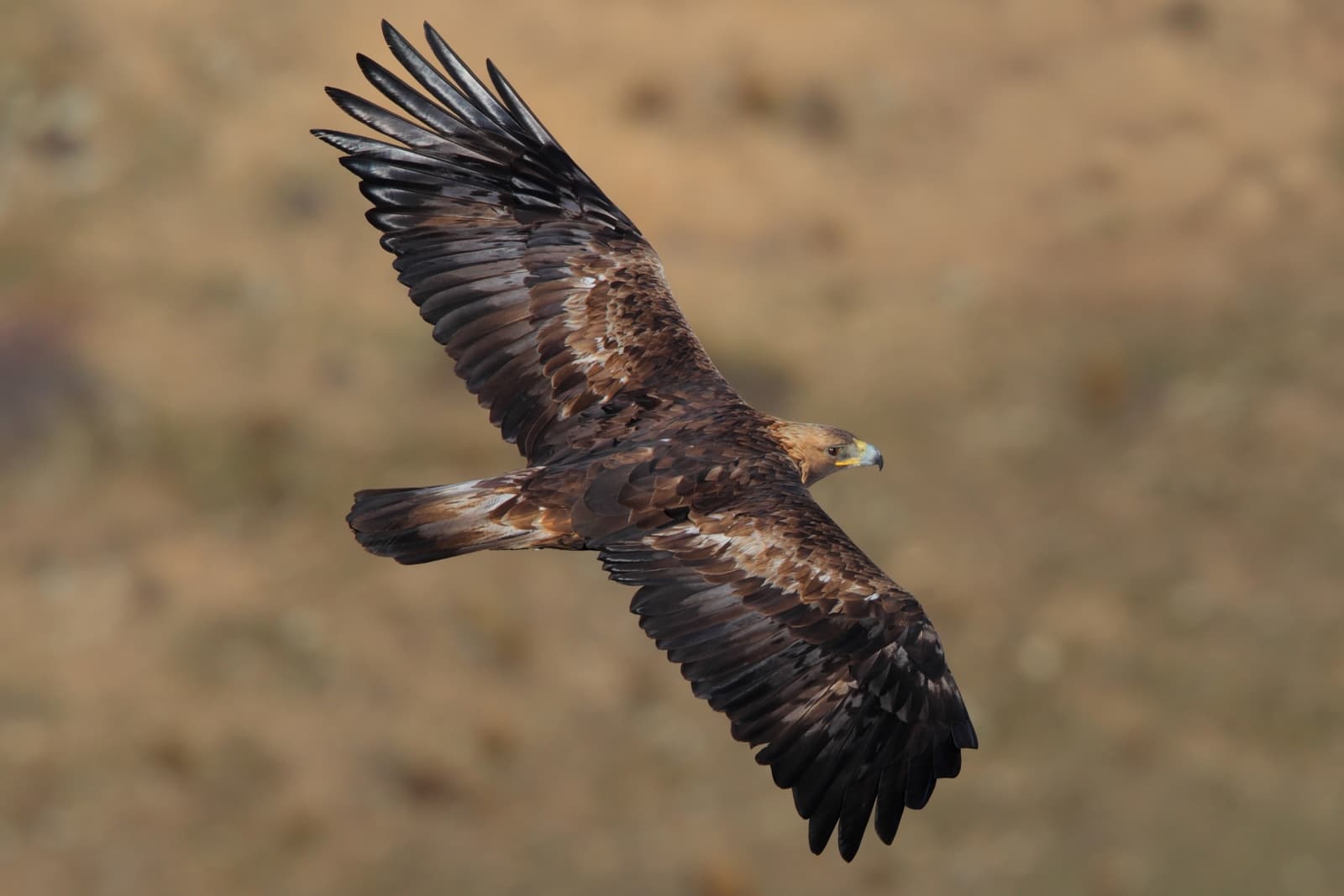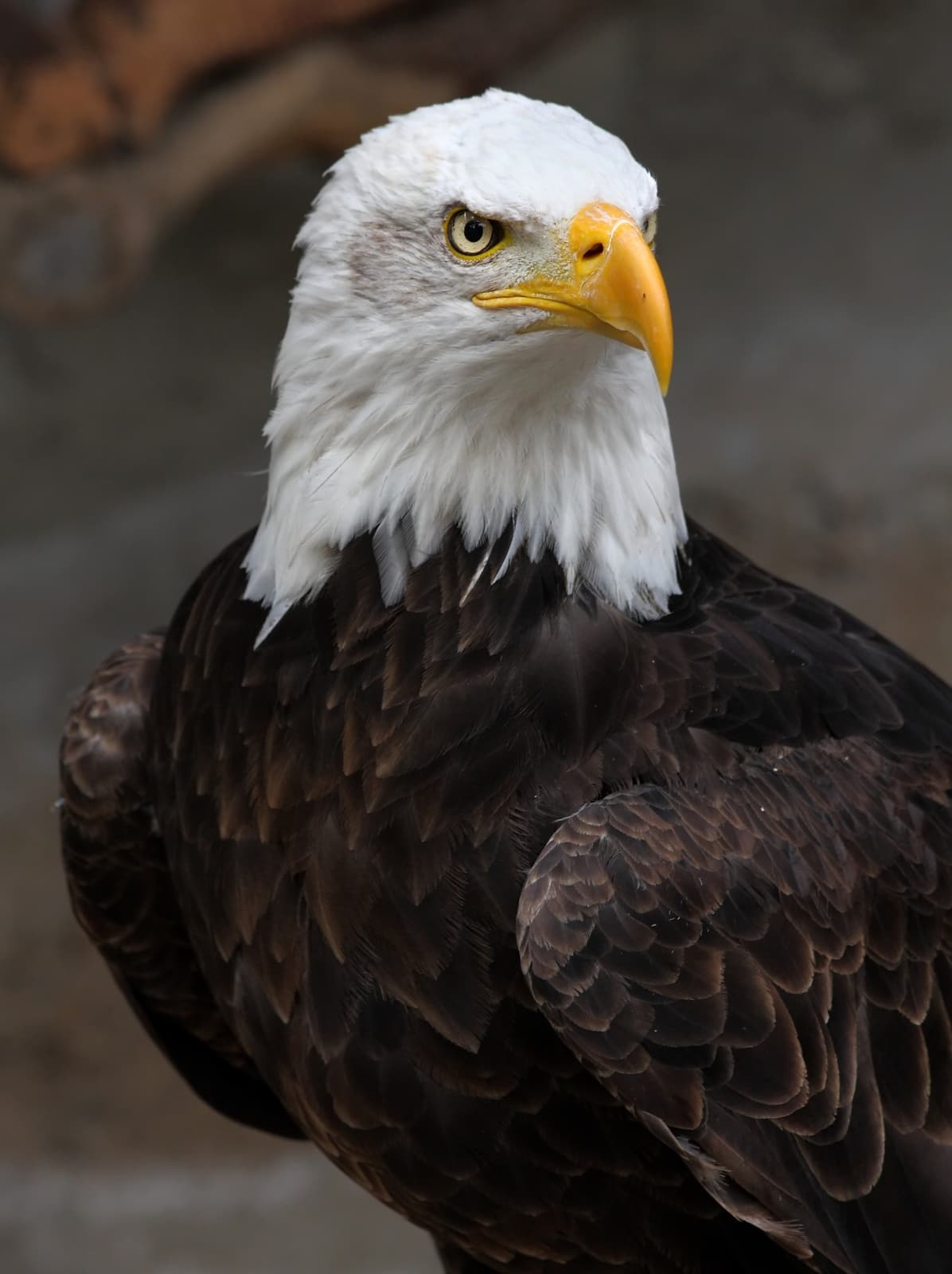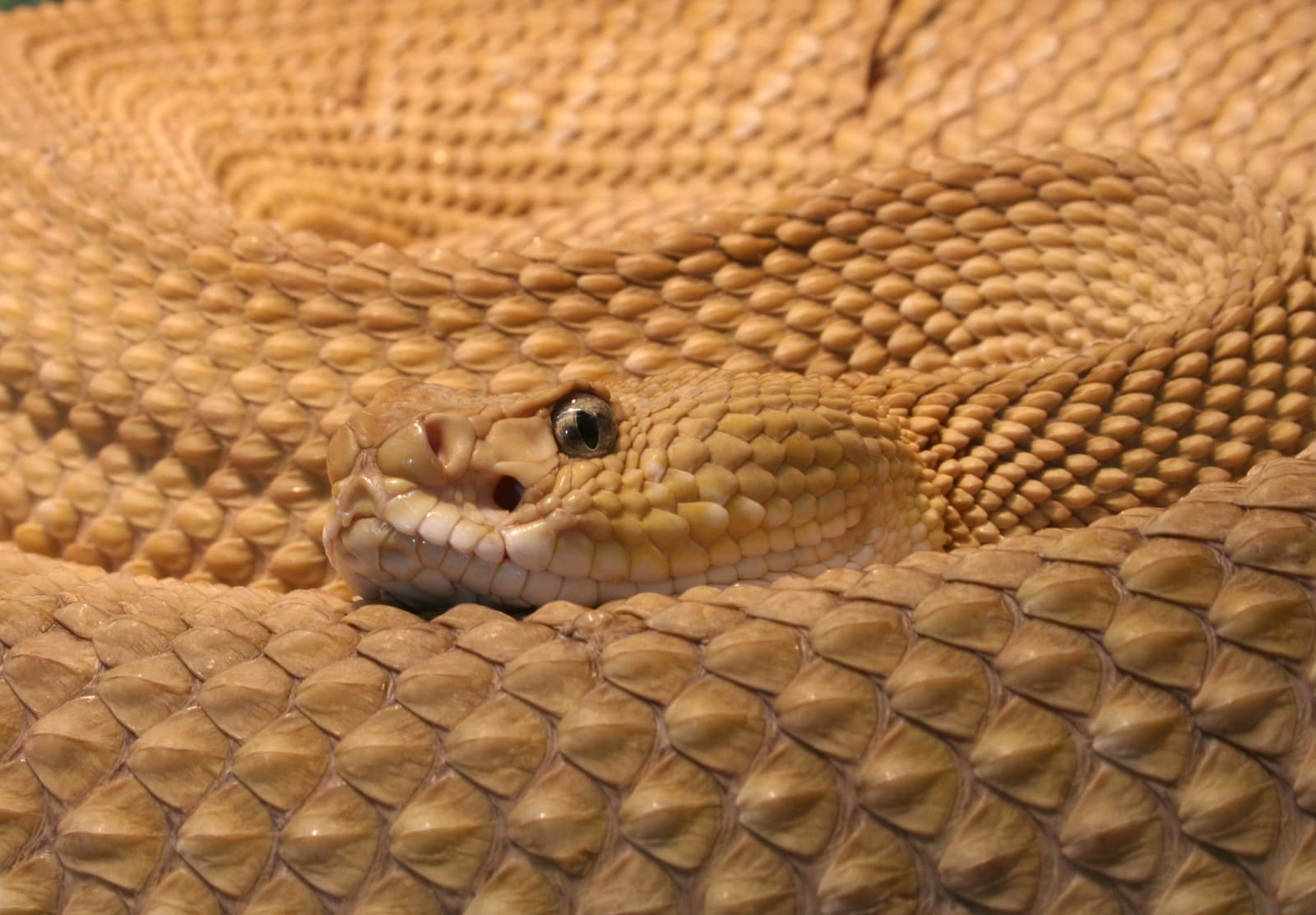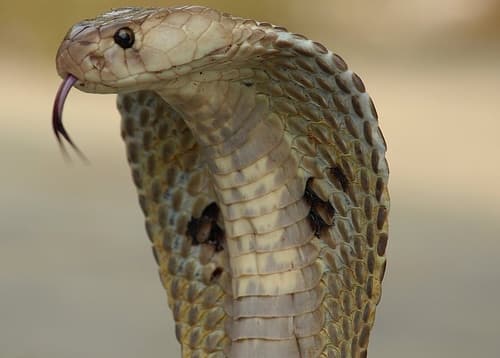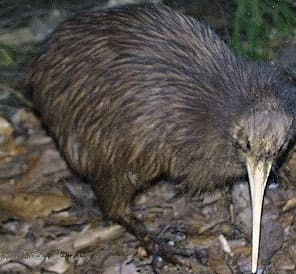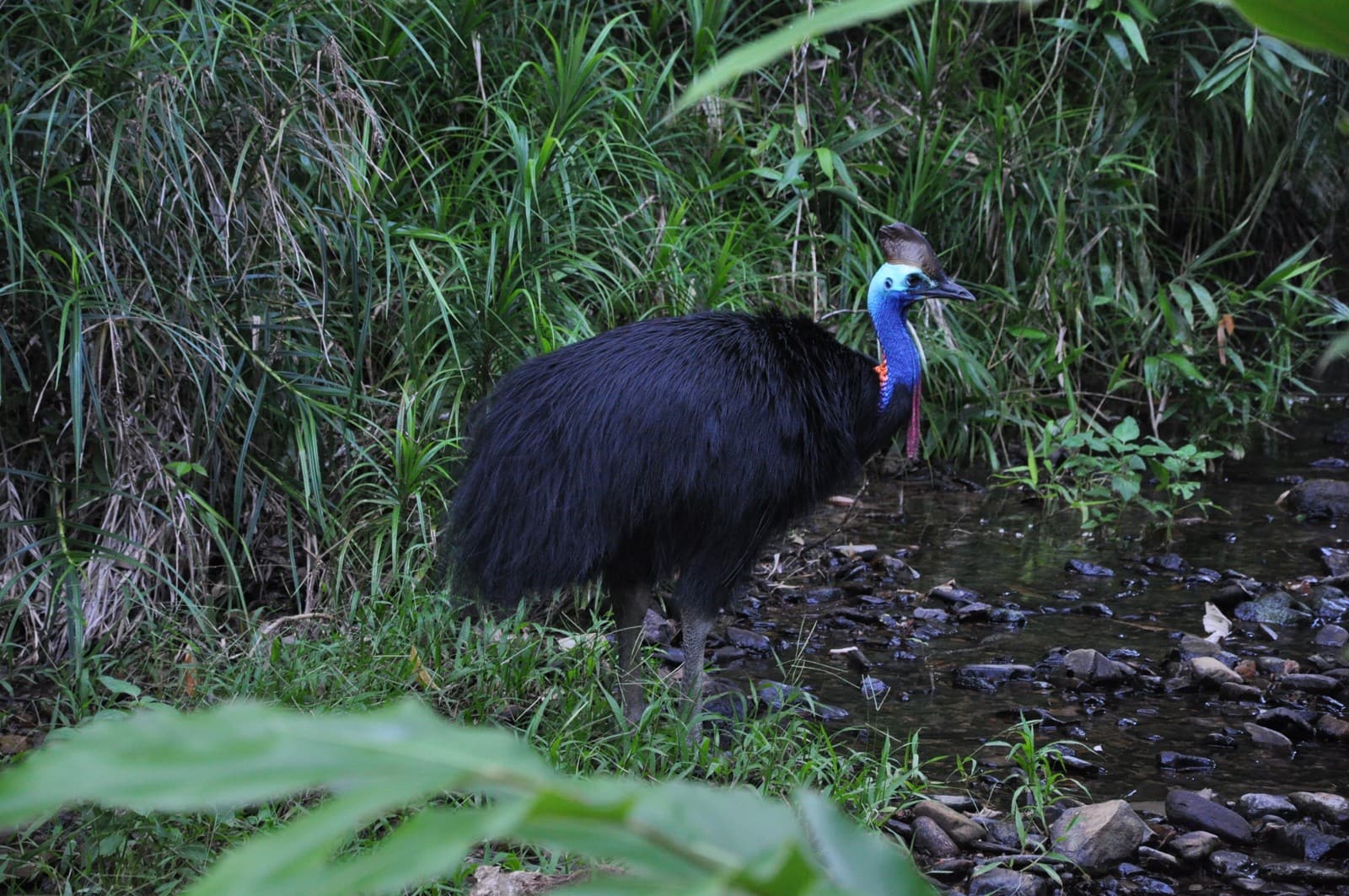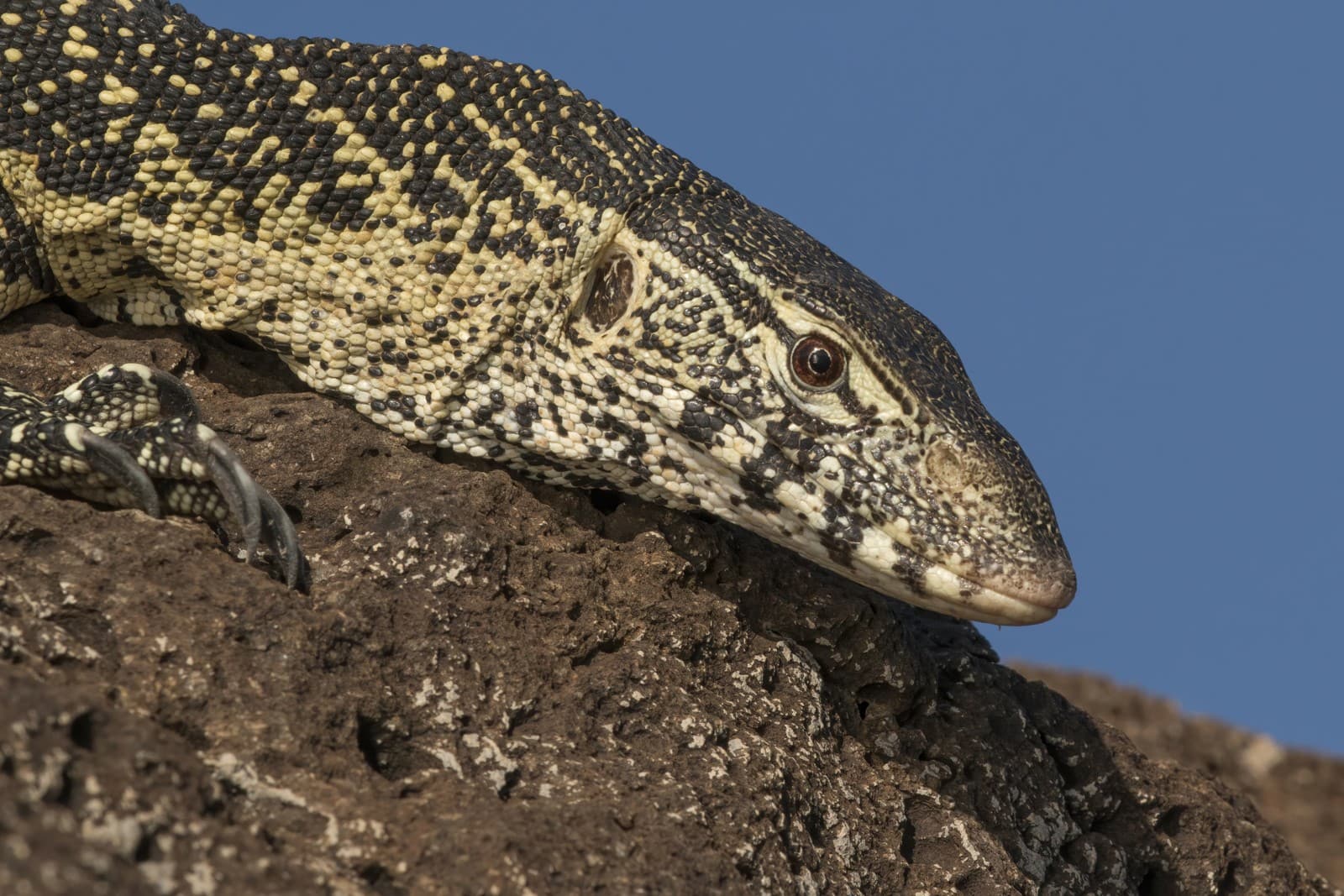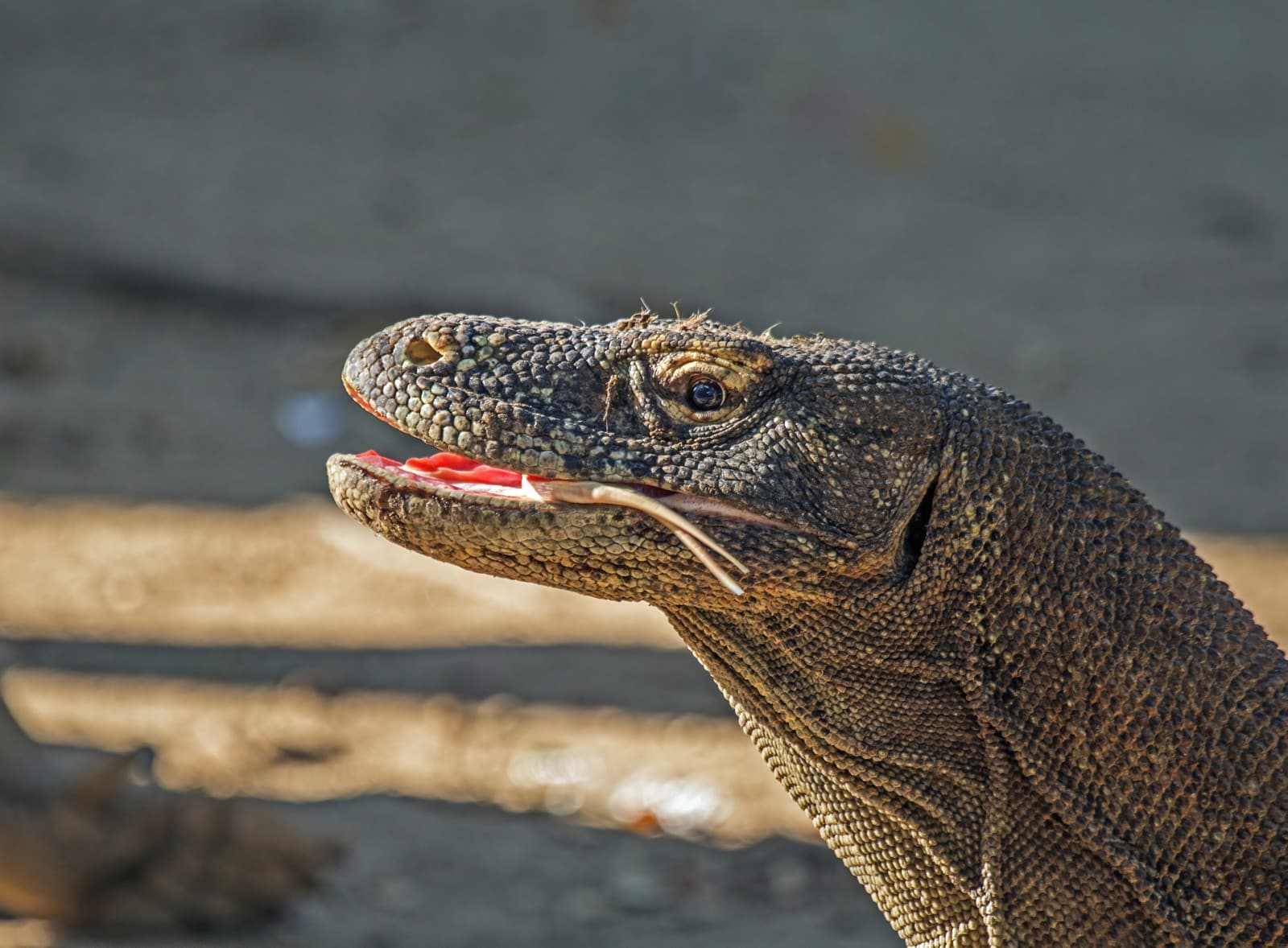Owl vs Hawk: A Complete Comparison
While both owls and hawks reign as supreme aerial predators, these remarkable birds of prey exhibit distinct characteristics that set them apart. The most notable difference between owls and hawks lies in their hunting patterns – owls are primarily nocturnal hunters with specialized night vision, while hawks are diurnal predators that rely on their exceptional daytime eyesight, capable of spotting prey from up to 100 feet (30.5 meters) away.
These magnificent raptors have evolved different adaptations to dominate their respective hunting niches. Owls possess uniquely designed feathers that enable nearly silent flight, with specialized serrated edges that muffle sound. Hawks, in contrast, maintain streamlined feathers optimized for speed and agility, allowing them to reach diving speeds of up to 120 mph (193 km/h) during hunting pursuits.
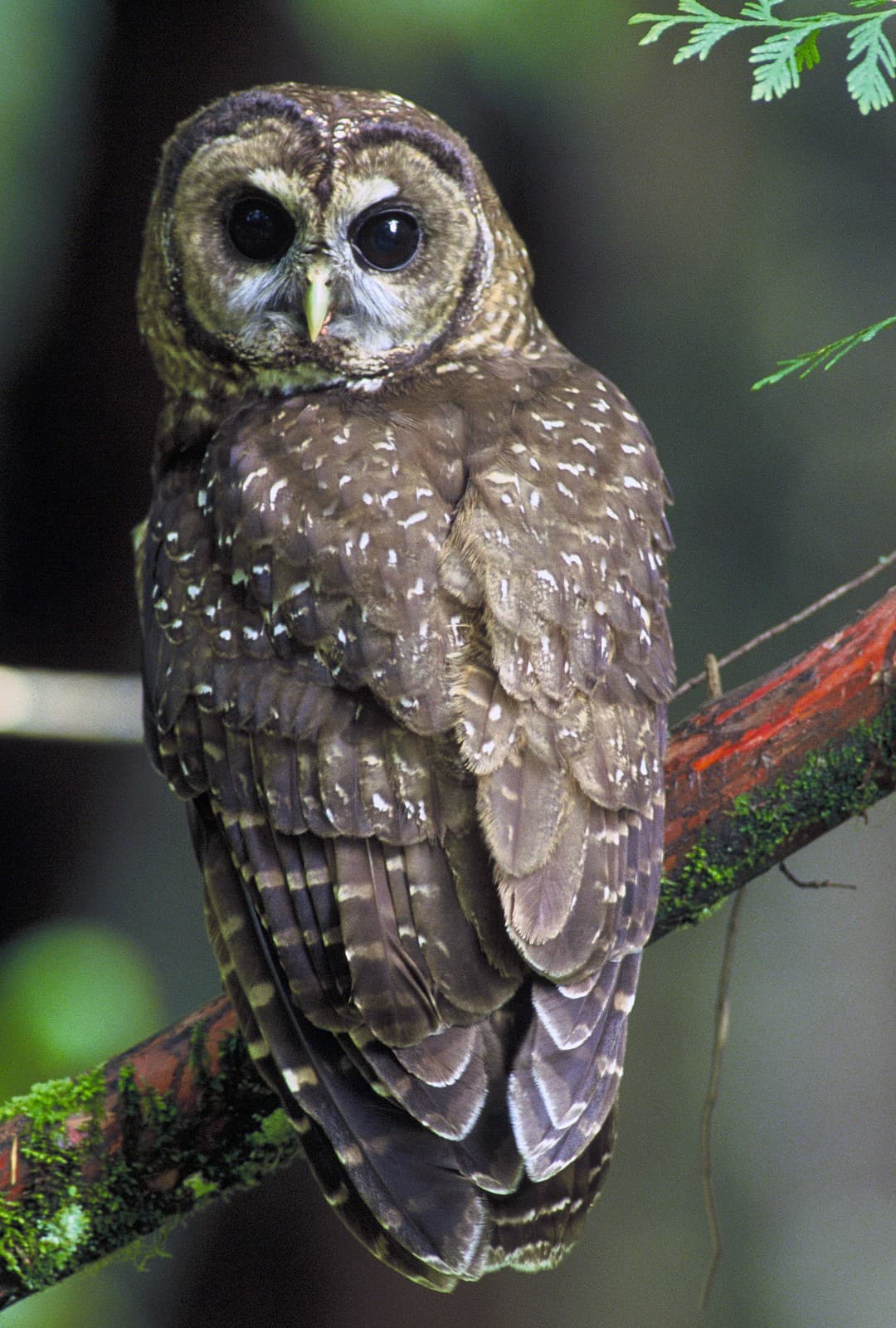
The Northern Spotted Owl exemplifies classic owl characteristics with its distinctive facial disk and forward-facing eyes, adaptations that maximize its nocturnal hunting efficiency.
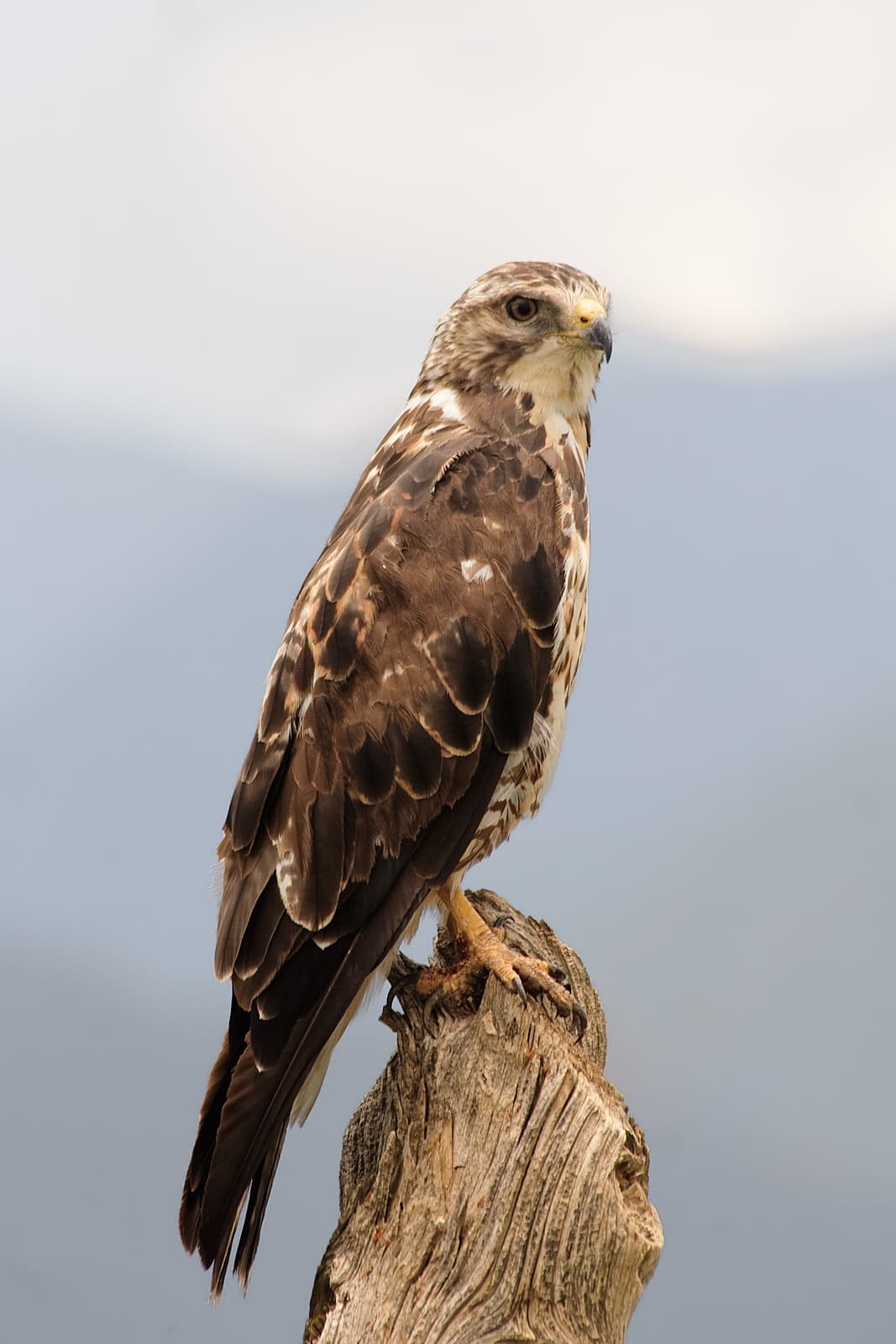
The Rough-legged Hawk demonstrates the typical hawk profile with its sharp beak, keen sideways-mounted eyes, and aerodynamic body structure built for high-speed pursuit.
Key Differences: Owl vs Hawk
| Feature | Owl | Hawk |
|---|---|---|
| Activity Period | Nocturnal | Diurnal |
| Eye Position | Forward-facing | Side-mounted |
| Wing Design | Broad, rounded with soft edges | Pointed, streamlined |
| Flight Speed | 20-40 mph (32-64 km/h) | Up to 120 mph (193 km/h) |
| Hunting Style | Silent ambush | Active pursuit |
| Head Movement | Can rotate 270 degrees | Limited rotation |
Hunting Techniques and Adaptations
Hawks and owls have developed vastly different hunting strategies. Hawks rely on their incredible speed and maneuverability, often diving from great heights to catch prey in open areas. Their pointed wings and streamlined bodies allow for precise control during high-speed pursuits.
Owls, meanwhile, have evolved into stealth hunters. Their specialized feathers create virtually silent flight, allowing them to approach prey undetected. The distinctive facial disk of owls functions as a satellite dish, channeling sound to their asymmetrically positioned ear openings for precise prey location in darkness.
Physical Characteristics and Capabilities
The physical differences between owls and hawks reflect their specialized hunting adaptations. Owls possess exceptionally large eyes relative to their skull size, with specialized rod cells that enhance night vision. These eyes are fixed in their sockets, necessitating the owl’s remarkable ability to rotate its head up to 270 degrees.
Hawks have smaller, side-mounted eyes with higher concentrations of cone cells, providing superior color vision and clarity in daylight. Their beaks tend to be more sharply hooked than owls’, adapted for tearing prey rather than swallowing it whole as many owls do.
Habitat and Distribution
While both raptors are found worldwide, their habitat preferences differ significantly. Hawks generally prefer open territories where their speed and agility provide advantages in hunting, including grasslands, desert edges, and woodland borders. Most species are active migrants, traveling thousands of miles annually.
Owls typically inhabit densely forested areas where their camouflage and silent flight prove most effective. Many species are territorial and non-migratory, maintaining permanent hunting territories throughout the year.
Who Would Win in a Confrontation?
From a purely scientific perspective, confrontations between hawks and owls rarely occur due to their different activity periods. However, when analyzing physical capabilities, hawks generally possess stronger talons and greater speed, while owls have superior night vision and stealth. The outcome of any theoretical encounter would largely depend on the time of day and specific species involved.
Conservation Status and Threats
Both owls and hawks face similar conservation challenges, primarily habitat loss and environmental toxins. Several species of each group appear on endangered species lists, with the Northern Spotted Owl and Swainson’s Hawk serving as prominent examples of conservation concern.
Understanding the distinct characteristics and ecological roles of these magnificent raptors helps emphasize the importance of protecting both groups for maintaining healthy ecosystem balance.
